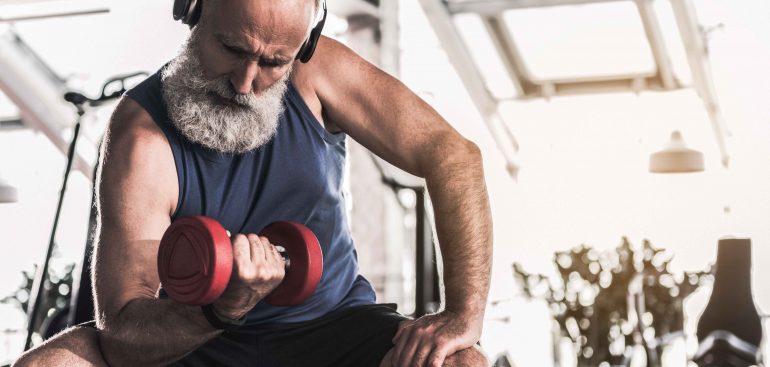Recent years have seen a boom in the number of older adults who are joining gyms and health clubs. This is likely due to a fitness zeitgeist, better access to gyms, and studies which show that many mental and physical deteriorations can be helped with regular exercise.
This means that over 50s now make up a significant portion of gym attendees. Despite this, many gyms haven’t cottoned on.
Here’s why your gym really needs to start catering to older adults.
Tapping into the most loyal customer
Most gyms tend to target younger customers, such as millennials and, increasingly, Gen Z. As a demographic, they take an active interest in their health and body image, so it makes sense for them to be a strong target market.
However, the downside of having a young demographic as the target market is that they are not usually totally settled yet. They tend to move to a new house regularly, have less money to spend on premium memberships, and be more fickle in terms of brand loyalty. All of this means that they are rarely at your gym for the long run, and don’t form a very secure membership base.
Conversely, reports say that members over the age of 50 are more likely to keep up a gym membership than any other age group. This is because they mostly are settled in one place (and unlikely to move house repeatedly), have more expendable income, and have more time to spend looking after their health.
Also, since the health impacts of exercise are acute for over 50s, their drive to go to the gym and get fitter and healthier extends beyond purely aesthetic reasons.
If gyms open their offerings to a wider age demographic, it’s possible that the over 50s will prove a steadier, more secure membership base which brings business stability.
A bigger prospective pool of clients
Granted, millennials will still most likely be your biggest pool of potential clients. However, on an international level, that’s not always the case. In the USA, India, Pakistan, South Africa, and lots of Europe, for example, their silver generation makes up a higher percentage of the overall population. In Germany alone, 50% of the population are aged 50+.
If the trend continues, we could see our millennial gym enthusiasts almost eclipsed by older ones.
It’s a wise move, then, to begin marketing to older adults now, so that if our population becomes more grey heavy, you are in an excellent position to truly capitalise on the largest demographic.
Encouraging health at any age
It’s becoming more and more clear that exercising frequently in later years can do wonders for your health. There are reams of purported health benefits, including:
- Improved quality of life
- Reduced risk of falls
- Reduced risk of degenerative diseases
- Weight loss, which can benefit joints
- Reduced risk of later injury
- Potentially reduced chronic pain
- General improvements in health, including blood pressure
- Alleviates stress, depression or anxiety
- Social interaction
Since gyms are concerned with health and fitness, it will only improve your brand to encourage these habits amongst your older members too.
Older people can thrive at the gym
Those over 50 can more than keep up with the rigours of a gym session, provided that appropriate safety measures are in place. One of the emerging trends in fitness for the age group is strength training. Although this was once seen as only suitable for the younger generation, recent research has shown the importance of strength training when you hit your fifties and beyond.
A study conducted with German nursing home residents aged 77 to 97 showed almost 180% improvement in muscle strength after eight weeks of weightlifting.
Strength training can have many great benefits for older adults, including:
- Joint support
- Better stability
- Reduced injury rate
- Improved bone density, which reduces the risk of osteoporosis
- Reduced risk of heart disease and type 2 diabetes
- Fat burning and weight loss, which can help with joint problems
- Reduced muscle loss
- Improved posture
- Reduced back pain.
- Improvement in sleep quality
Therefore, your gym should be able to offer weights classes (alongside cardio) to older members.
It seems like the world is slowly shifting towards an older demographic, since people are living longer and healthier lives. Isn’t it time that gyms followed suit?

